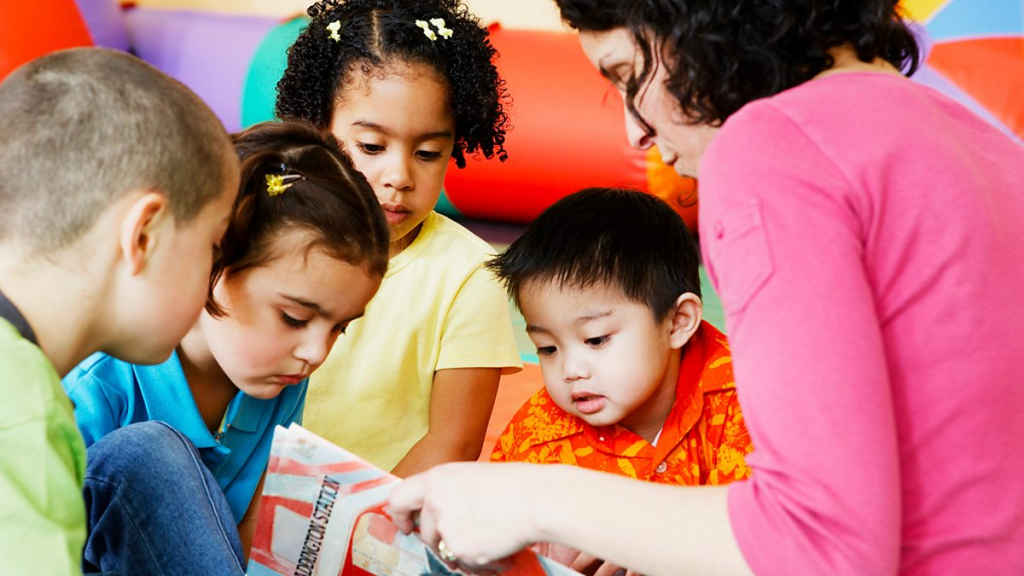Education has undergone a massive transformation over the past decade, and at the center of this shift lies digital tools. In the past, classrooms depended heavily on textbooks, blackboards, and face-to-face teaching. But today, modern education is increasingly powered by technology—making learning more accessible, engaging, and personalized. Digital tools, ranging from interactive whiteboards to AI-driven platforms, are not just accessories but essential components of a modern, effective learning environment.
In this article, we’ll explore the importance of digital tools in modern education, why they matter, how they enhance teaching and learning, and what the future holds for students and educators alike.
1. Personalized Learning for Every Student
One of the most significant advantages of digital tools is their ability to adapt to each learner’s needs. Not all students learn at the same pace or in the same way. Some are visual learners, others auditory, while some prefer hands-on experiences. Digital tools like educational apps, interactive videos, and AI-powered platforms allow content to be delivered in multiple formats, giving students the freedom to learn in the way that suits them best.
For instance, tools like Khan Academy or Duolingo adjust difficulty levels based on the student’s progress. This personalized approach ensures that no student is left behind and that learning becomes a truly individual journey.
2. Enhanced Engagement and Interactivity
Let’s face it — traditional lectures can sometimes be boring. Digital tools make learning fun and interactive. Smartboards, educational games, quizzes, and virtual simulations keep students engaged and active participants in the learning process. This increased engagement leads to better understanding and memory retention.
Teachers can use apps like Kahoot! or Quizizz to create live quizzes, making even the dullest subjects feel like a game. Augmented Reality (AR) and Virtual Reality (VR) tools take things a step further, allowing students to take virtual field trips or conduct science experiments safely.
3. Anytime, Anywhere Learning
One of the biggest breakthroughs digital tools have brought to education is flexibility. With laptops, tablets, and smartphones, learning is no longer confined to the four walls of a classroom. E-learning platforms, digital textbooks, recorded lectures, and cloud-based assignments make it possible for students to access materials from anywhere at any time.
This has been especially valuable during global disruptions like the COVID-19 pandemic. Students could continue learning from home, proving that digital tools are not just a bonus—they are essential for educational continuity.
4. Teacher Support and Efficient Lesson Planning
Digital tools are not just for students. Teachers benefit immensely as well. Platforms like Google Classroom, Microsoft Teams, and Moodle help educators organize lessons, assign homework, track student progress, and provide feedback in real time.
Lesson planning, grading, and communication have all become more efficient. Teachers can share resources, use ready-made lesson templates, and automate assessments—freeing up time for more meaningful one-on-one interactions with students.
5. Collaboration and Communication Made Easy
Collaboration is a critical skill in today’s world, and digital tools make it easier than ever. With features like discussion boards, group chats, and shared documents, students can work together on projects even if they’re miles apart.
Apps like Padlet, Trello, and Google Docs allow real-time collaboration, encouraging teamwork and communication. These platforms also help students build digital communication skills, which are vital for modern workplaces.
6. Access to Global Resources and Expertise
In a traditional classroom, students are limited to what’s in their local curriculum or library. Digital tools open the doors to a world of information. Students can attend webinars by global experts, access research papers, and learn from the world’s best teachers through online courses.
Websites like Coursera, edX, and YouTube offer high-quality educational content on everything from coding to philosophy. This access levels the playing field, giving all students—regardless of location or background—a chance to learn from the best.
7. Real-Time Feedback and Progress Tracking
Immediate feedback is essential for effective learning. Digital tools allow students to get instant responses on quizzes and assignments, helping them correct mistakes and understand concepts better.
Platforms like Edmodo or ClassDojo help teachers track student progress, identify learning gaps, and offer personalized support. Parents can also be looped in to monitor performance, encouraging a more collaborative learning environment.
8. Preparing Students for a Digital Future
In an increasingly digital world, students need more than just academic knowledge. They need to be tech-savvy and comfortable using various tools and platforms. Digital learning environments naturally develop these skills.
Students learn how to research online, use productivity tools, collaborate digitally, and even understand basic coding or data analysis. These are not just useful—they’re necessary for future careers in nearly every field.
9. Improved Inclusion and Accessibility
Digital tools have made education more inclusive. Students with disabilities or special learning needs can benefit from assistive technologies like screen readers, speech-to-text tools, and customizable fonts or colors.
Remote learning also supports students who may be unable to attend school due to health issues, mobility challenges, or personal circumstances. When used thoughtfully, technology ensures that everyone has an equal opportunity to learn.
10. Encouraging Lifelong Learning
Finally, digital tools foster a culture of continuous learning. Students can explore topics beyond the syllabus, pick up new hobbies, and learn skills at their own pace. Platforms like Skillshare or LinkedIn Learning make it easy to pursue interests and career development throughout life.
In this way, digital tools are not just shaping today’s classrooms—they’re building tomorrow’s learners and leaders.
FAQs About Digital Tools in Modern Education
1. What are some examples of digital tools used in education today?
Popular tools include Google Classroom, Microsoft Teams, Zoom, Kahoot!, Quizizz, Canva, Grammarly, and AI-based learning platforms like ScribeSense or Khan Academy.
2. How do digital tools benefit teachers?
They simplify lesson planning, automate grading, help track student performance, improve communication, and save time. Teachers can also access a wide range of teaching resources online.
3. Are digital tools effective for younger students?
Yes, with age-appropriate content and supervision, digital tools can enhance learning through games, interactive lessons, and multimedia content that keeps young learners engaged.
4. Can digital education replace traditional classrooms?
Digital tools enhance education, but they work best when combined with traditional methods. A blended approach that mixes tech and face-to-face learning offers the best of both worlds.
5. Are there any drawbacks to using digital tools in education?
Yes. Overuse can lead to screen fatigue or distraction. Also, students without internet access or devices can face inequality. That’s why proper planning and digital inclusion are essential.
Final Thoughts
The importance of digital tools in modern education cannot be overstated. They are changing the way we teach, learn, and grow—not just in classrooms but in every corner of the world. These tools make learning more personalized, interactive, inclusive, and future-ready.
As technology continues to evolve, so will the educational landscape. But one thing is certain: embracing digital tools is no longer optional — it’s essential. By combining human creativity with technological innovation, we are building a smarter, more connected, and more empowered generation of learners.
So let’s keep learning, evolving, and making education smarter — one digital tool at a time.

